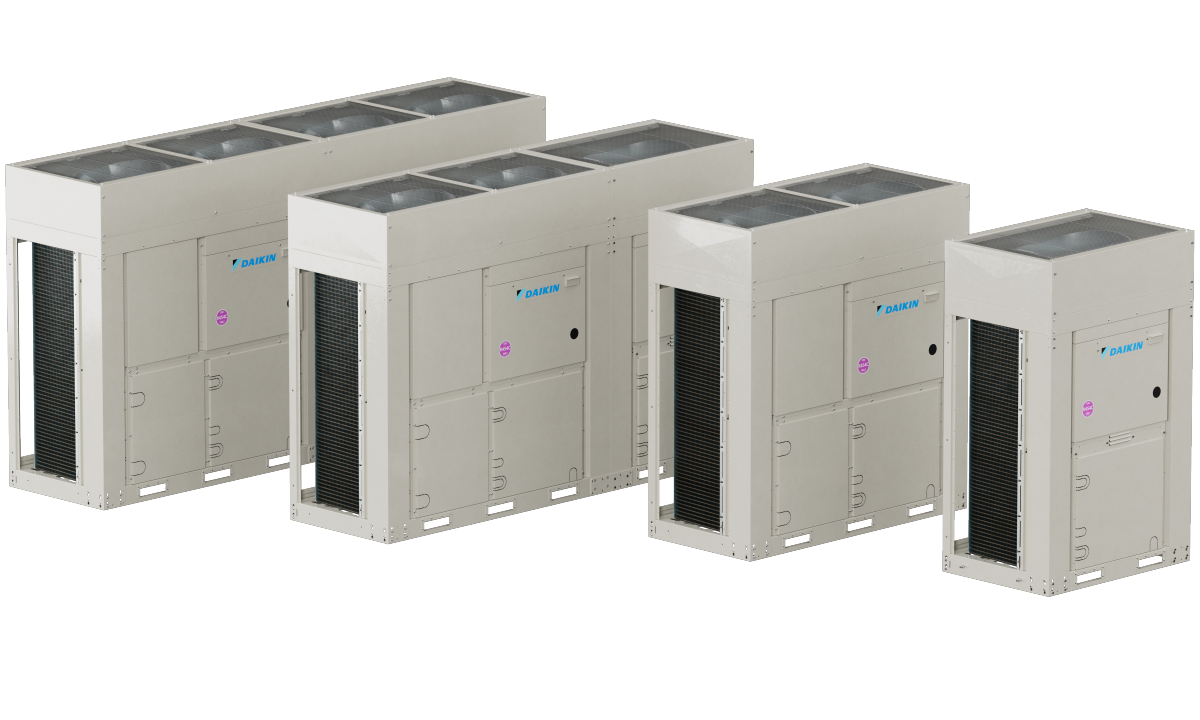Euronergy, a European PV company focused on advanced back-contact solar cell and module technology, has made advances in planar electrical connection (PEC) technology, which replaces the traditional ribbon approach for interconnection of solar PV cells in a module. PEC technology instead uses patterned planar-conductive-foils combined with a punched insulating encapsulate composite (IEC). The R&D team at the company has successfully adopted PEC technology into its flexible U-IBC 2.0 module series, which uses interdigitated back contact (IBC) solar cells.
Due to Euronergy’s unique PEC technology, independently developed insulating encapsulation composite (IEC) packaging material, weight of only 2.5 kg/m2, all-black appearance, better low-light response performance, and suitability for application scenarios in Europe, the company’s U-IBC 2.0 flexible module was selected for the Innovation Boulevard during Solar Solutions Bremen 2024. In addition, it has been selected as a finalist for the The smarter E AWARD 2024 in the Photovoltaics category.
Euronergy’s chief scientist, Prof. Martin Green, believes PEC will become the dominant technology for manufacturing highly reliable PV modules ─ especially lightweight modules, flexible modules, and PV roof tiles.
As solar power surges in popularity, there has been an increase in concern about the reliability of modules. While power capacity and conversion efficiency are mainly determined by the type of solar cell technology, reliability is dependent upon the type of technology used for the modules. The way each manufacturer approaches the interconnection between the cells significantly affects the performance and reliability of the modules.
Conventionally, the interconnection between cells is realized by using ribbons (copper strips coated with soldering tin) that connect the front electrodes of a cell to the backside ones of its neighboring cell or to connect the electrodes at the backside of a cell to the ones at the backside of its neighboring cell.
However, use of ribbons for interconnection has intrinsic disadvantages. Stress at the module edges due to the bended ribbons and on the cell surfaces due to soldering could cause micro-cracks, which have been identified as the major factors responsible for power degradation and reliability issues in PV modules. At the same time, the use of the heavy metal lead (Pb) in soldering materials has become a significant concern when it comes to recycling modules.
PEC technology is attractive as an approach that addresses the problems of stress and use of Pb with traditional ribbon interconnections.
Euronergy will showcase additional new products at the company’s booth (A1.236) at Intersolar Europe 2024.
This content is protected by copyright and may not be reused. If you want to cooperate with us and would like to reuse some of our content, please contact: editors@pv-magazine.com.




By submitting this form you agree to pv magazine using your data for the purposes of publishing your comment.
Your personal data will only be disclosed or otherwise transmitted to third parties for the purposes of spam filtering or if this is necessary for technical maintenance of the website. Any other transfer to third parties will not take place unless this is justified on the basis of applicable data protection regulations or if pv magazine is legally obliged to do so.
You may revoke this consent at any time with effect for the future, in which case your personal data will be deleted immediately. Otherwise, your data will be deleted if pv magazine has processed your request or the purpose of data storage is fulfilled.
Further information on data privacy can be found in our Data Protection Policy.